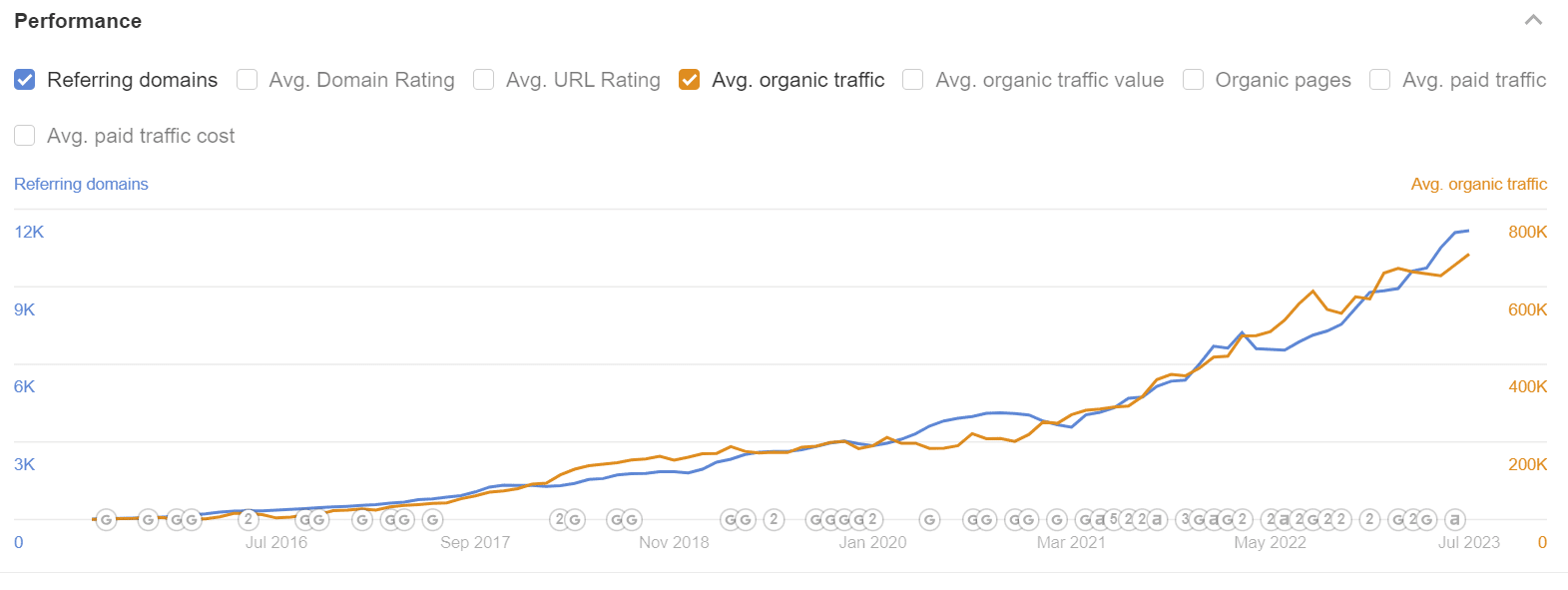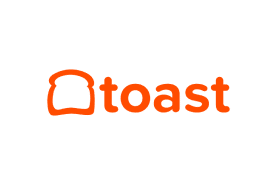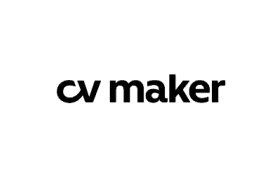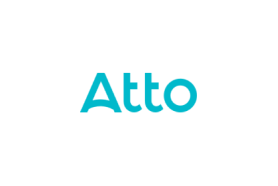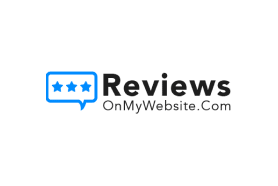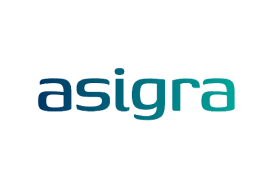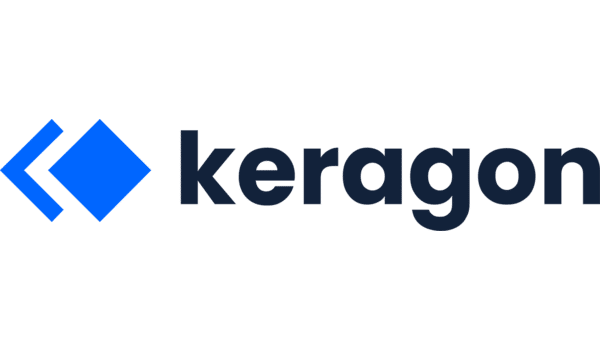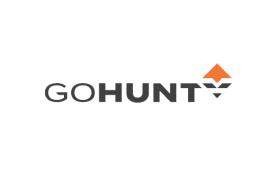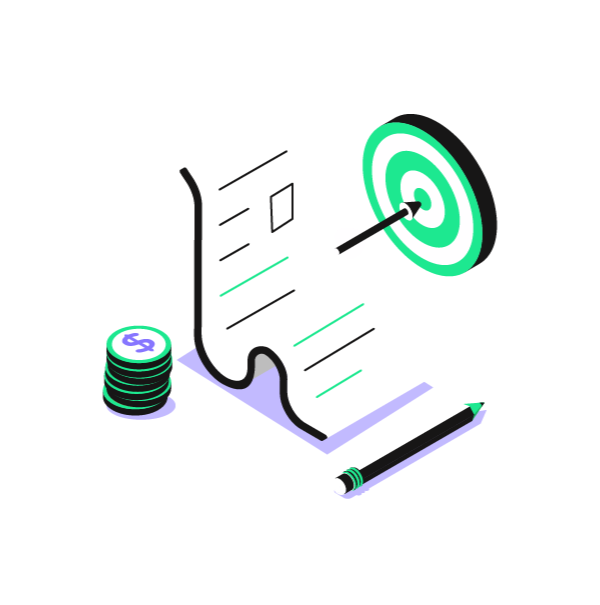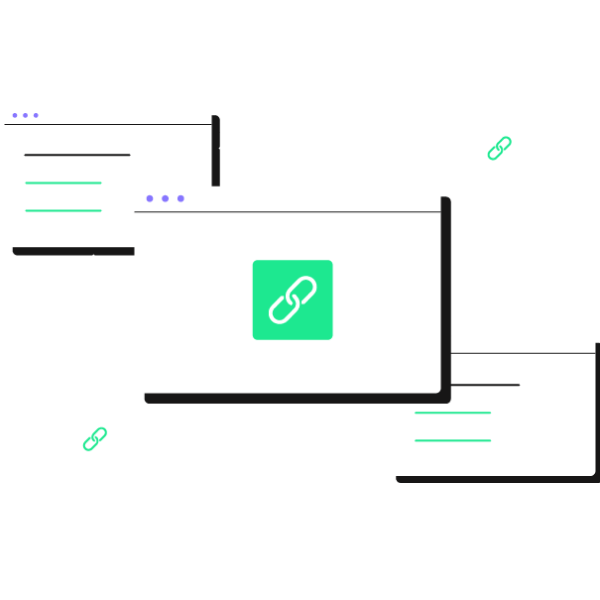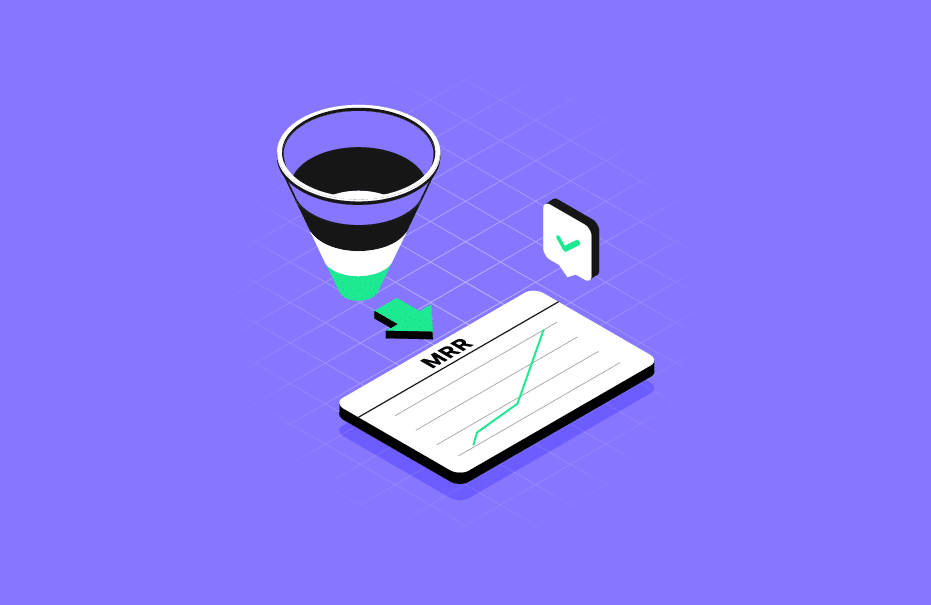FAQs
Is investing in a specialized B2B SaaS SEO agency worth it?
Yes, if you want SEO tied to revenue rather than vanity metrics.
We scope ROI up front and target a 4x to 5x return, then set time‑bound expectations for traction based on competitiveness. Many teams find we are more cost‑efficient than assembling five in‑house roles that can top $300k annually before tools and overhead.
Our campaigns connect strategy to demos, trials, SQLs, and ARR, so leadership sees pipeline impact rather than rank screenshots. We start with a 90‑day engagement to prove fit, momentum, and ROI without long lock‑ins.
Who is Rock the Rankings best suited for?
We are built for B2B SaaS and tech teams that want pipeline growth and have the appetite to move fast.
That includes early‑stage startups through Series D that need a senior, hands‑on partner, and established teams that are resource‑constrained but ready to execute.
We look for strong internal buy‑in, bandwidth for approvals, and a desire to win solution‑aware keywords while building authority. You work with the same senior team you met during discovery, including direct access to our founder, which suits leaders who value expert involvement over junior handoffs.
What makes RTR the best SEO agency for SaaS companies?
We keep engagements founder‑led and intentionally limited so we can go an inch wide and a mile deep. You work one‑on‑one with our founder, we cap active right‑fit clients each quarter, and we optimize for visible pipeline impact in the first 90 days.
Our framework blends revenue‑focused content, outreach‑based authority building, smart technical fixes, and LLM search execution. Pricing is transparent, reporting is weekly against KPIs tied to revenue, and strategy reviews are frequent so we iterate quickly. The result is predictable acquisition rather than activity for activity’s sake.
What does the process look like after I book a call?
We run a discovery to understand goals, timelines, ICP, and current performance, then build a forecast using your core metrics so expectations are crystal clear. You receive a customized, step‑by‑step plan that covers priorities, deliverables, and target outcomes across demos, trials, and SQLs.
The first 90 days focus on a high‑impact roadmap, fast execution, correct attribution in GA4 and your CRM, and weekly KPI reporting with bi‑weekly strategy calls and Slack access.
By day 90, you have quick wins live, tracking dialed in, and a clear growth path for the next quarter.
How soon will I start seeing traction?
We show early movement on leading indicators within 4 to 8 weeks by tracking primary keyword positions, CTR, and micro‑conversions while foundational work lands. We aim to demonstrate measurable business impact in the first 90 days and set realistic time horizons in advance.
In less competitive scenarios, 3 to 6 months can produce meaningful pipeline lift, while tougher markets typically require 9 to 12 months for compounding ARR impact. Expect transparent progress reviews and scenario‑based forecasts before we start.
Who will I be working with directly?
You work directly with our founder and the same senior operators you meet during sales. We do not hand you off to a junior pod.
Expect a compact team that includes strategy, content, data, and outreach specialists who stay engaged daily through Slack and on bi‑weekly calls.
This continuity shortens feedback loops, protects strategy quality, and ensures every deliverable maps to pipeline goals. We keep our active client roster intentionally small so you get hands‑on attention from people who can move levers, not just report on them.
What is your approach to revenue growth through SEO?
We use a Capture, Connect, Convert framework. Capture targets solution‑aware and comparison demand that converts, Connect aligns page structure, offers, and social proof to buyer intent, and Convert tightens funnel steps and CRO to turn traffic into demos and trials.
We prioritize BOFU and product‑led pages, then layer scalable authority through outreach‑based links and programmatic where it fits. LLM search is treated as an adjacent acquisition lane that compounds reach and lowers blended CAC. Reporting ties every initiative back to pipeline and ARR.
How do you measure pipeline growth?
We set goals pre‑campaign, then track leading indicators briefly before shifting focus to hard KPIs. Core measurements include demos and signups at the path level, opportunity creation, MRR impact, and ROI relative to investment.
We implement or refine GA4 conversion events and micro‑conversions, integrate CRM opportunity data, and attribute outcomes to pages and journeys so we can double down on what converts.
Our ROI calculator inputs your traffic baseline, visitor‑to‑demo rate, demo‑to‑customer rate, ACV, LTV, and margins to forecast scenarios and align expectations.
How do you report on SEO performance?
You get weekly KPI and revenue reporting that highlights movement in demos, trials, and pipeline, not just rankings. We pair this with bi‑weekly strategy calls to review experiments, bottlenecks, and next actions.
Early on, we show keyword and position lift as a leading signal, then quickly shift the spotlight to MQLs, SQLs, MRR, and time‑to‑ROI. Slack stays open for day‑to‑day collaboration, and dashboards reflect both GA4 events and CRM data so the story is full‑funnel and finance‑friendly.
Is there a minimum contract length?
We recommend a 90‑day starter period to establish fit, ship quick wins, and prove ROI without long commitments. After that, we operate month to month.
Teams with longer time horizons can choose term discounts, which helps when category competitiveness and content scale call for sustained execution.
The goal is to make the engagement easy to start, simple to extend, and flexible to ramp according to the trajectory we establish together.
What’s your approach to AI search?
We run an LLM SEO program in parallel with traditional SEO. Content is structured for extractability and semantic match so it earns citations in ChatGPT, Google AI Overviews, Perplexity, and Gemini.
We emphasize brand mentions and contextual authority, which strongly correlate with inclusion in AI answers, and we track LLM visibility with Scrunch to see which sources models pull from.
Insights feed our outreach, formatting, and content depth to win more AI‑driven discovery and conversions.
How much should I budget for SEO?
Our transparent plans start around $3.5k per month for strategy and consulting, $7.5k for end‑to‑end strategy plus content, and $11.5k for an aggressive mix of content and outreach‑based authority.
Each plan includes weekly KPI reporting, with collaboration scaled to your goals and pace.
If you want dedicated link acquisition, our outreach‑only campaigns start at approximately $3.5k per month. We align investment to forecasted outcomes so finance can map spend to pipeline and ARR.
View our transparent pricing here.
What are the top SEO measures that matter most for SaaS companies?
Focus on hard outcomes. MQLs, SQLs, booked demos, MRR, and ROI are the north stars. Use rank and CTR as early signals only, then center reporting on conversion paths and revenue attribution.
Own bottom‑funnel and comparison queries, raise authority with relevant outreach‑earned links, and scale where it fits with programmatic page sets that convert.
Track page‑level micro‑conversions in GA4 so you know which assets drive pipeline, and layer LLM visibility for incremental demand capture.
What information do you need to get started?
We ask for baseline inputs so we can forecast accurately and measure what matters. Typical items include average monthly organic traffic, visitor‑to‑demo rate, demo‑to‑customer rate, ACV, LTV, margins, last 12 months of performance, ICP, priority geos, and competitive set.
We also request GA4 and GSC access, CRM reporting for opportunity and revenue attribution, and any key product or offer pages. With those, we build growth scenarios, configure tracking, and deliver a plan that maps effort to pipeline and ARR.
